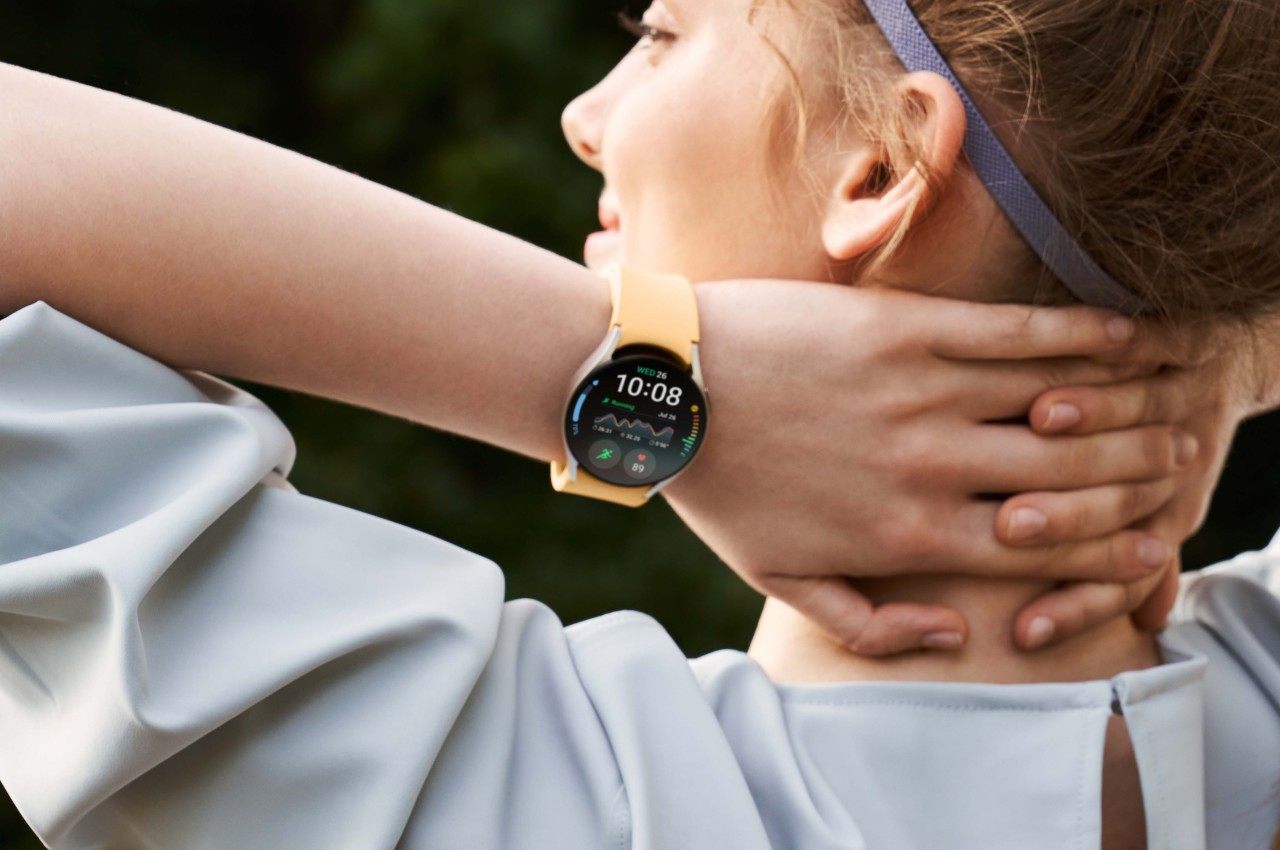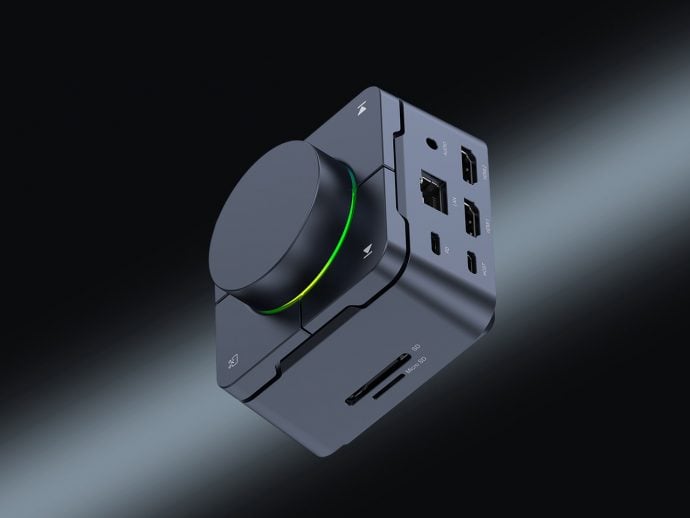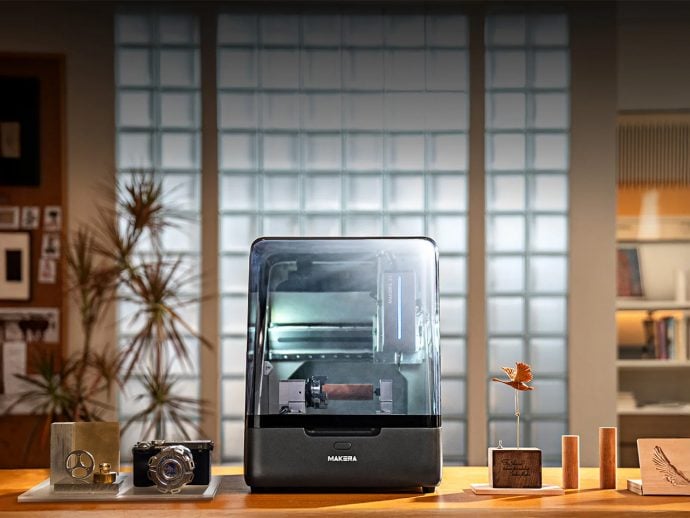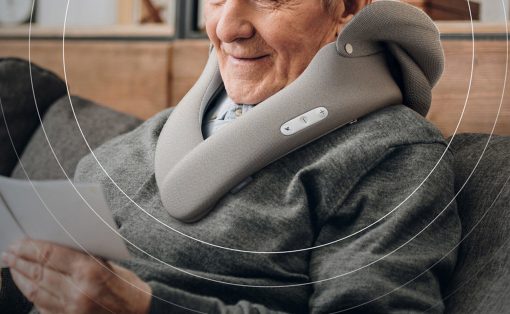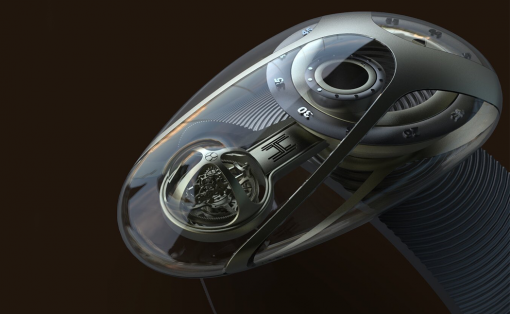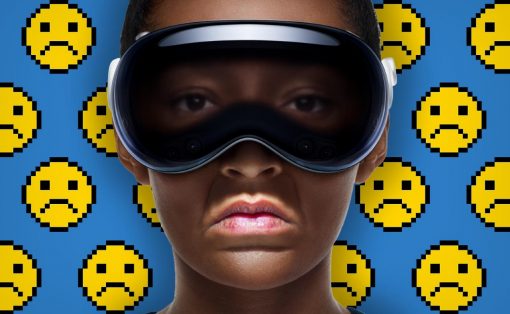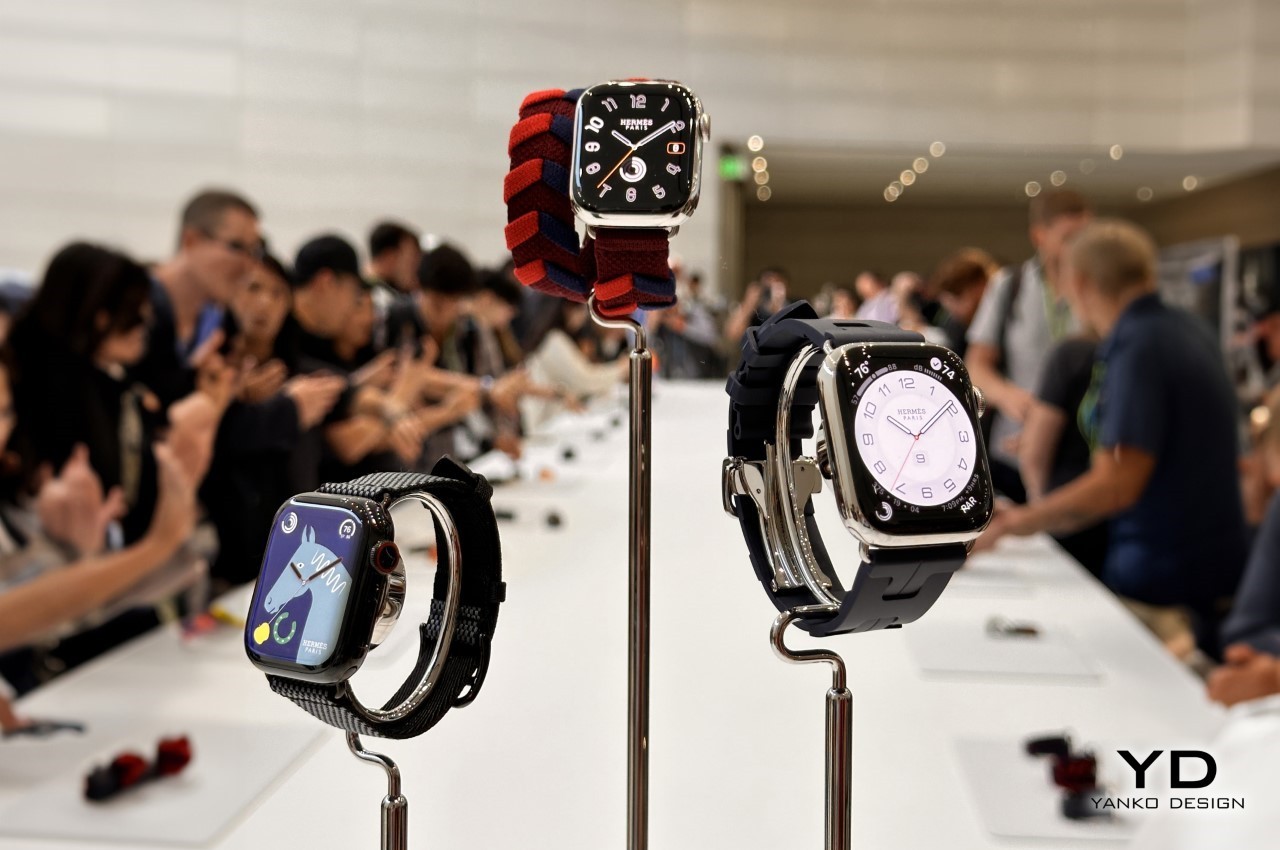
Many of the devices that exist today were, at some point in time, inspired by science fiction, from personal computers to smartphones to tablets. Smartwatches, in particular, may have partly been imagined after seeing wrist-worn communication devices in some sci-fi shows and flicks. Of course, today’s smartwatches are more practical and less sensational, even as they demonstrate the marvels of technology squeezed in such a small space. But smartwatches aren’t the booming business that manufacturers hoped they would be, at least not compared to smartwatches, and every year brings doubts about this product category’s future. This year is no different, especially with new technologies like smart rings and especially AI trying to take center stage, even when it comes to health and fitness.
Designer: Apple
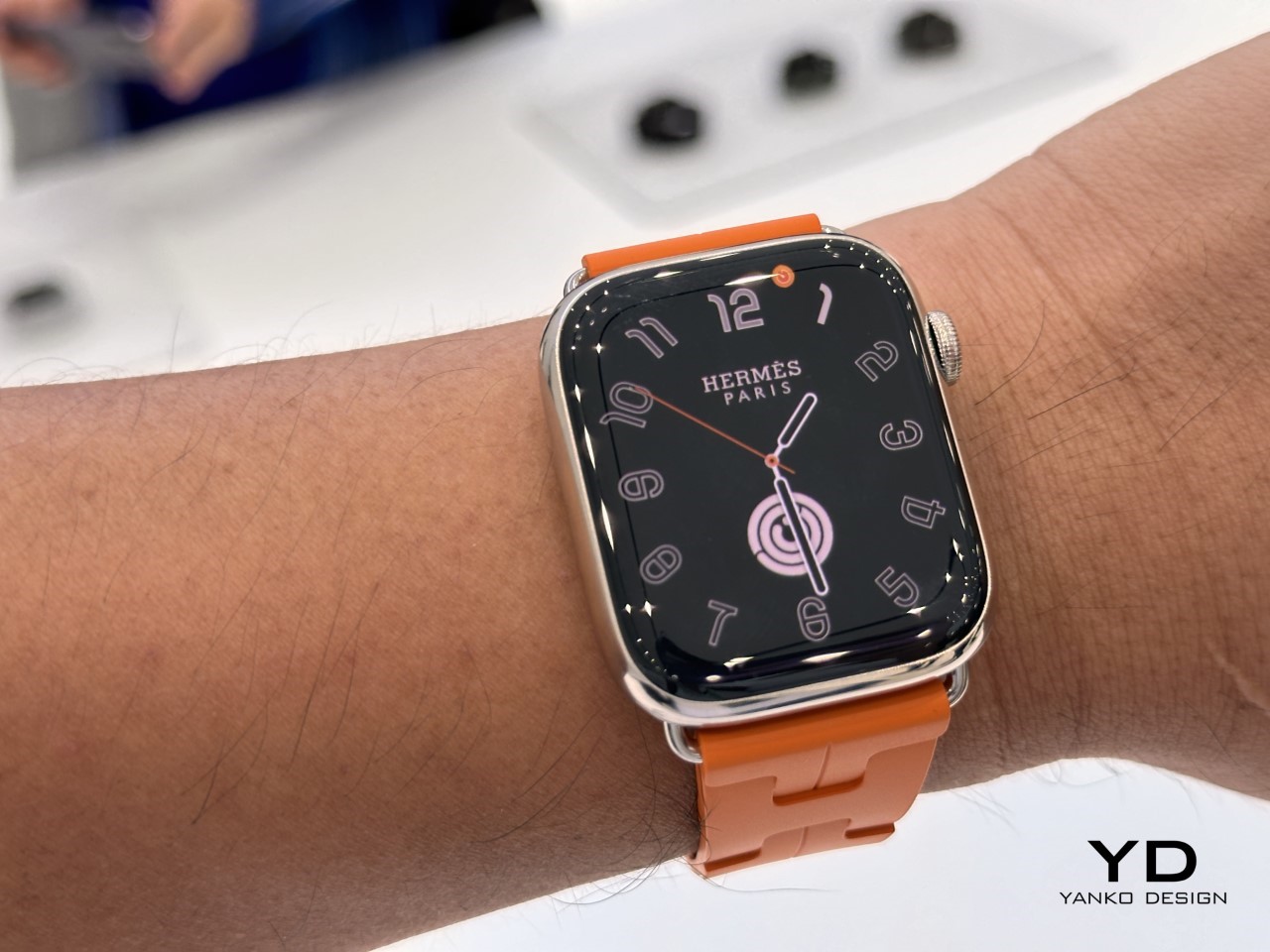
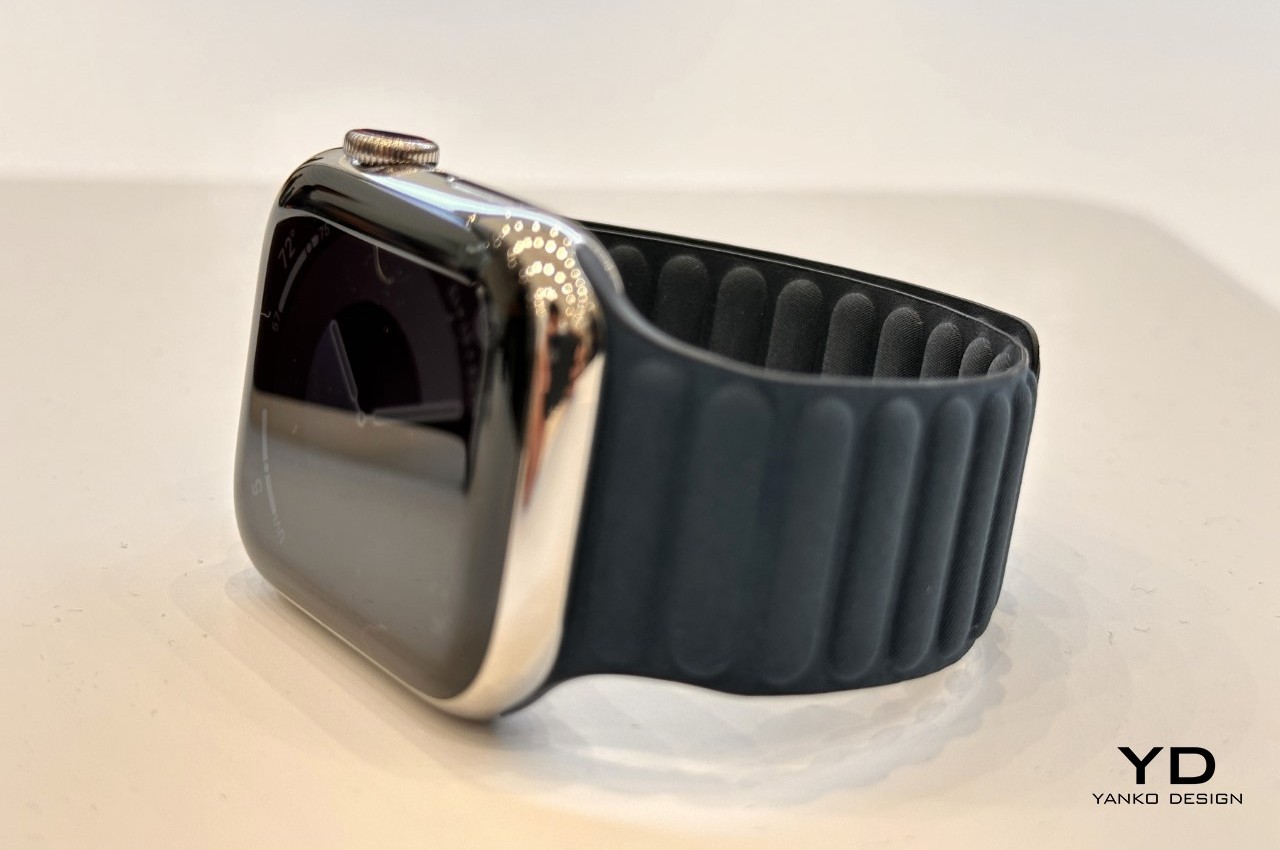
What Are Smartwatches For?
Defining smartwatches has never been easy. Simply saying that they are watches that can mirror notifications from your phone and track your activity is both a disservice and an oversimplification. Given all that they can do these days, seeing them as miniature smartphones on your wrist isn’t exactly inaccurate, though the user experience is significantly limited due to the small screen and feeble hardware. In fact, the very first batch of smartwatches from smartphone makers pretty much tried to sell that image with little success.
![]()
![]()
![]()
Designer: Google
It wasn’t until the Apple Watch and anecdotes of its life-saving features that this wearable really defined its identity in the market. It was, for all intents and purposes, a wearable health tracker masquerading as a timepiece. And depending on the brand and style of the smartwatch, it may or may not pass for a luxury watch, at least from a distance. It basically pushed fitness trackers out of the scene, with more advanced sensors, a more flexible user experience, and connectivity to a smartphone. Over time, however, people and even companies have also started to wonder why they still have a smartwatch, especially with upcoming technologies and designs that offer more choices especially when it comes to aesthetics and style.
True Wearables
Smartwatches are perhaps the world’s first taste of wearable technologies, but that’s hardly the only incarnation possible. Ideally, true wearables will be something you can, well, wear, including clothing, footwear, and especially jewelry. These weren’t possible years ago, but technology and manufacturing are thankfully catching up and, soon, people won’t have to ditch their heirloom mechanical watches just because they want to monitor their health 24/7.
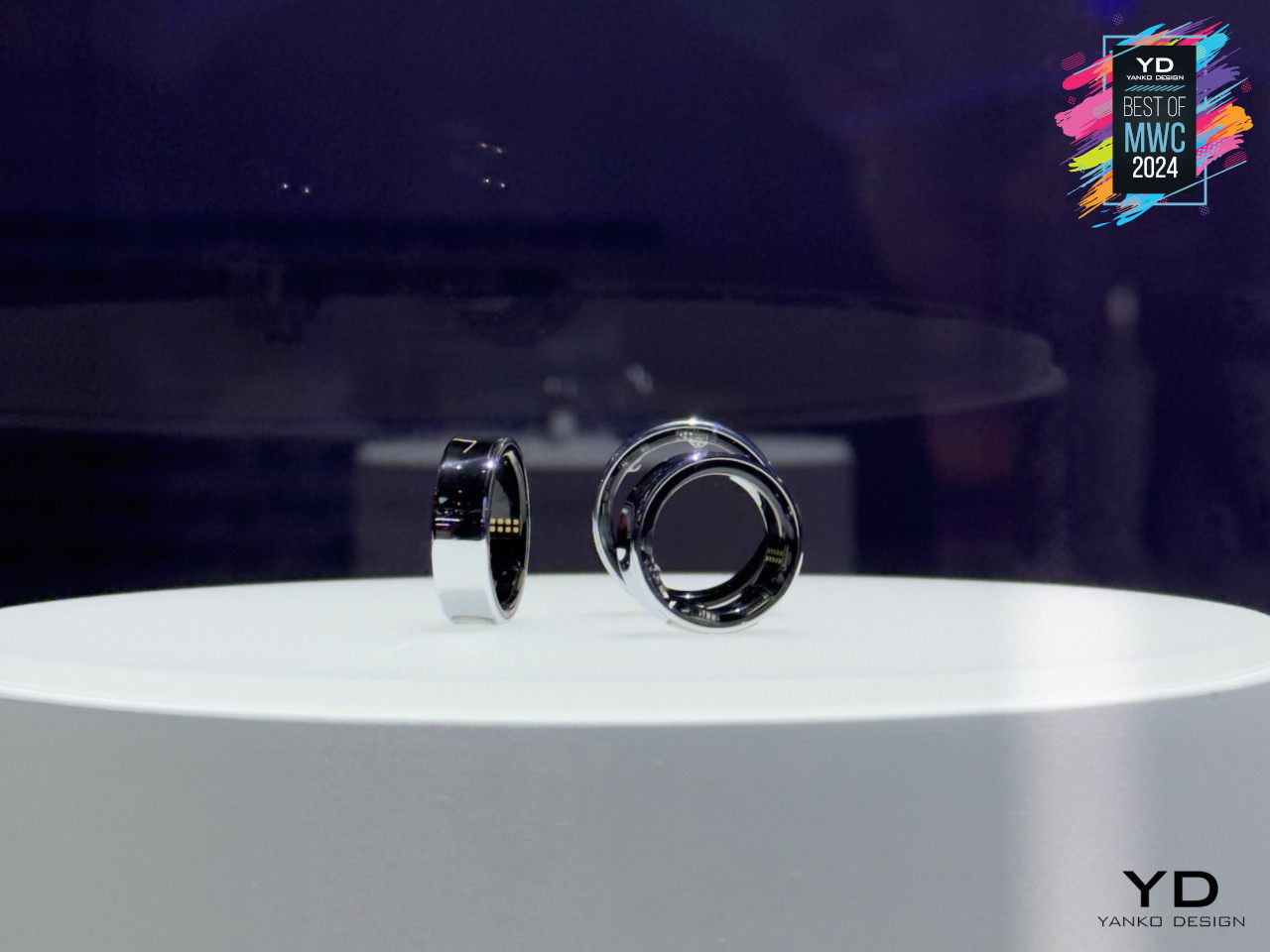
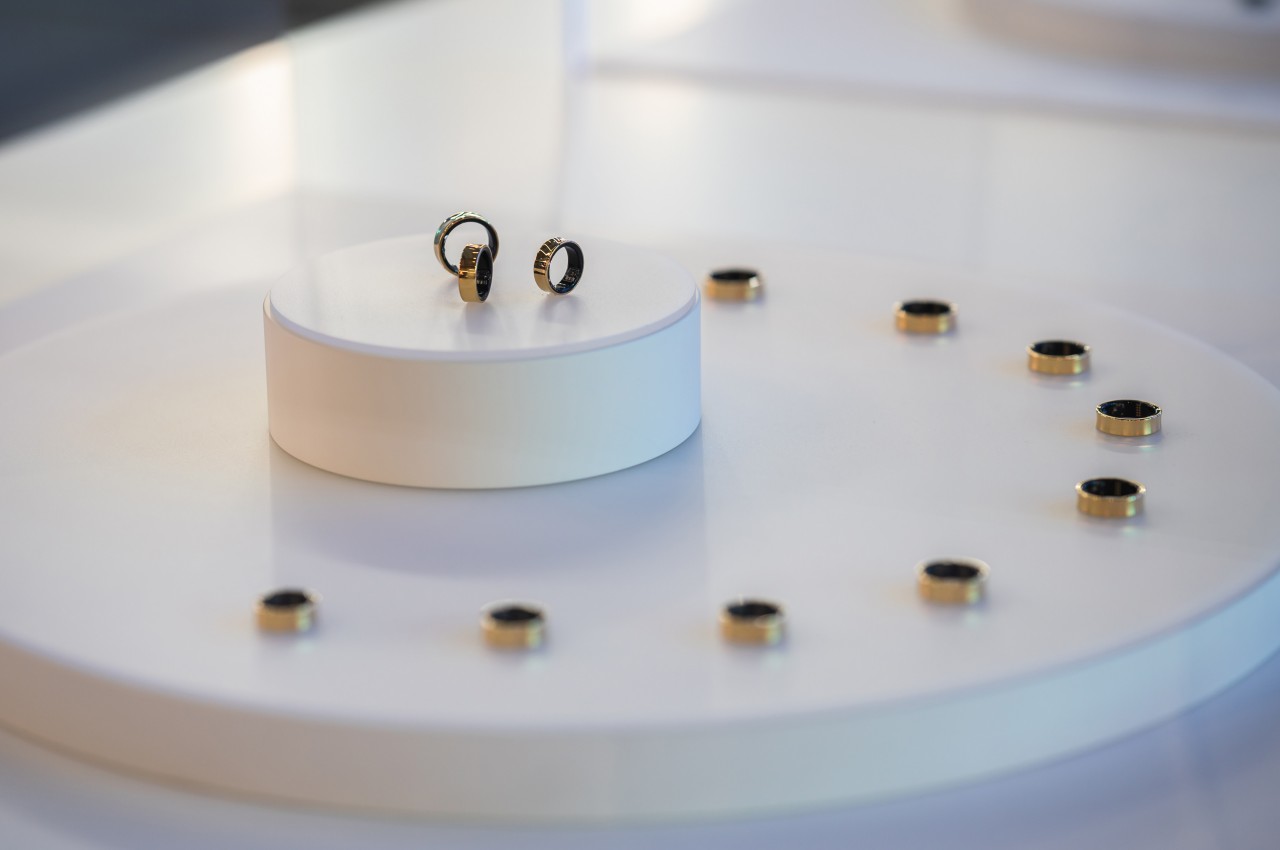
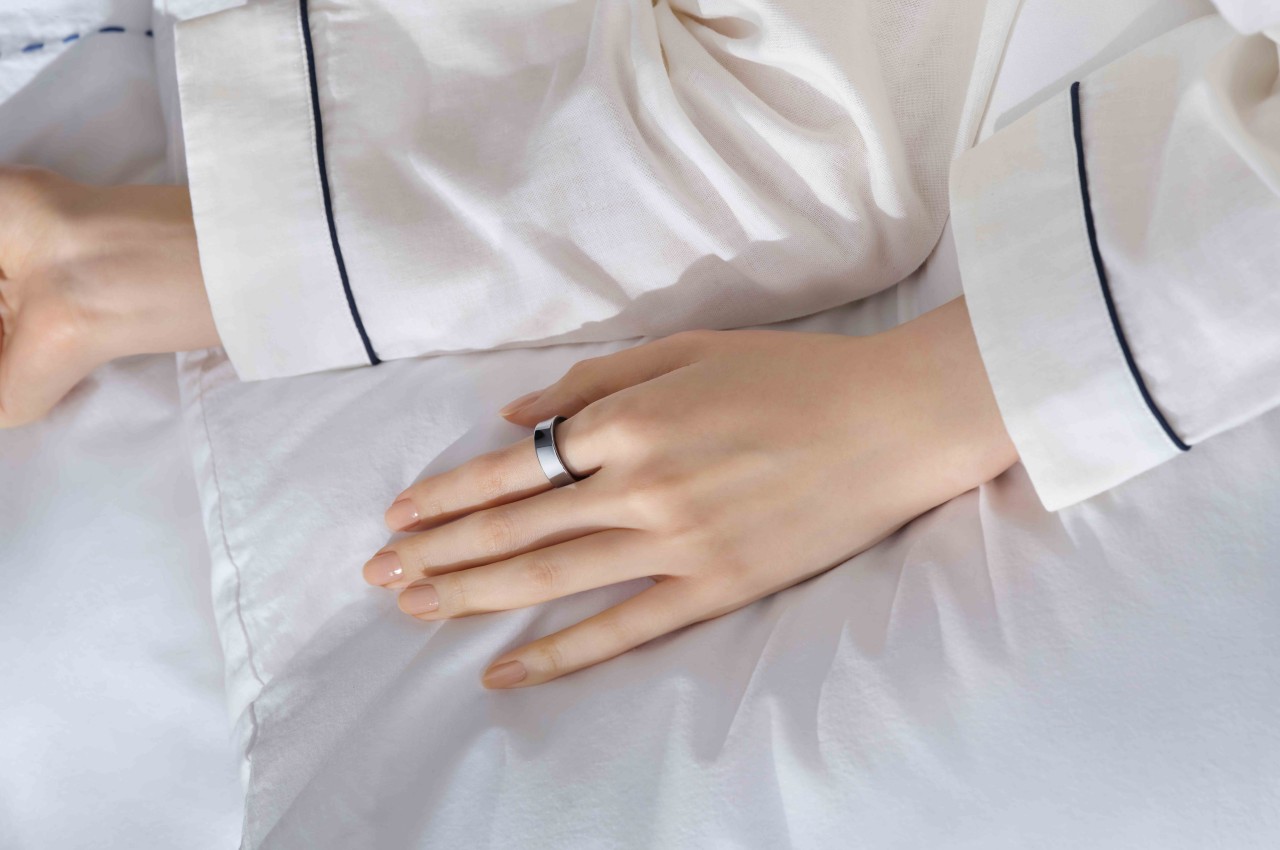
Smart rings, for example, try to offer at least the basics of activity tracking and health monitoring but in a more discreet form that doesn’t get in the way, at least if you’re used to wearing rings all day. A ring would let you wear your favorite timepiece, or wear a different watch for any occasion, all without losing those important health stats. There are also attempts at developing other kinds of smart jewelry that also have health sensors or apparel that let you control your phone or other devices. These are wearables in the truest sense of the term, and they won’t be just science fiction soon.
AI Craze
Another trend gripping the tech industry as a whole is also putting the usefulness of smartwatches into question. AI can be found anywhere these days, from image generators to note-taking apps. Of course, tech companies have long been touting AI-powered services via cloud-based personal assistants, but the trend these days is moving the bulk of the work to the device itself. Smartphones might be powerful enough to support this kind of AI, but smartwatches don’t have that much silicon muscle, at least not without burning through their already meager battery lives.
![]()
![]()
![]()
Designer: Google
It’s actually curious that both Apple and Google have been rather silent about their latest AI features when it comes to their own smartwatches, possibly hinting they won’t be coming any time soon. It’s certainly possible for smartwatches to offload the work to the smartphones they’re connected to, but the latency might be too much to ask as well. It could still be good for the occasional verbal question to AI services, but nothing that actually makes a smartwatch a must-have for this purpose.
Distraction Station
If health monitoring and AI won’t be the exclusive domain of smartwatches, then one must wonder what other unique experiences they offer. Unlike a smart ring or even a fitness tracker, a smartwatch offers more advanced features related to a smartphone, like reading notifications in full, replying to messages, or even viewing some apps in a smaller form. But are these actually advantages or are they merely showing off feats of technology that actually become detrimental to users in the end?
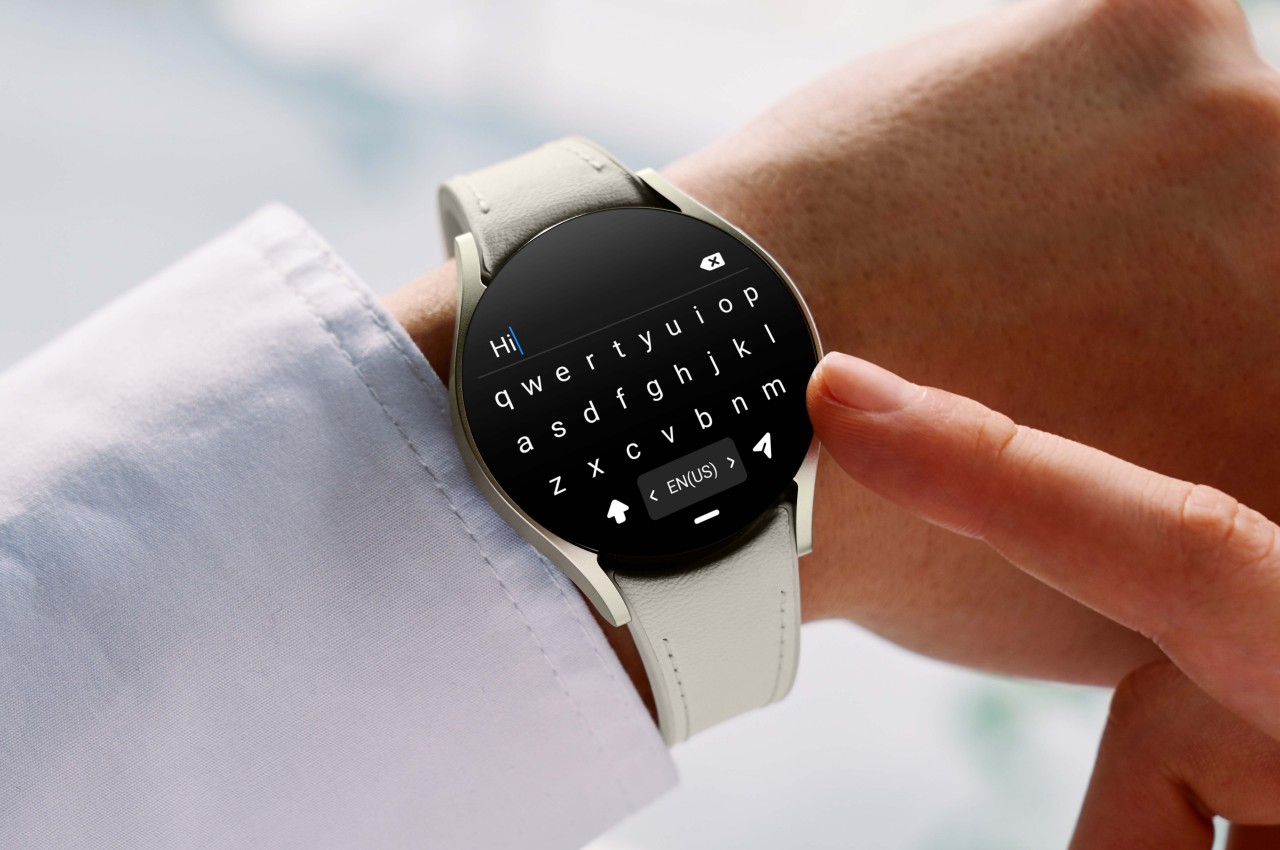
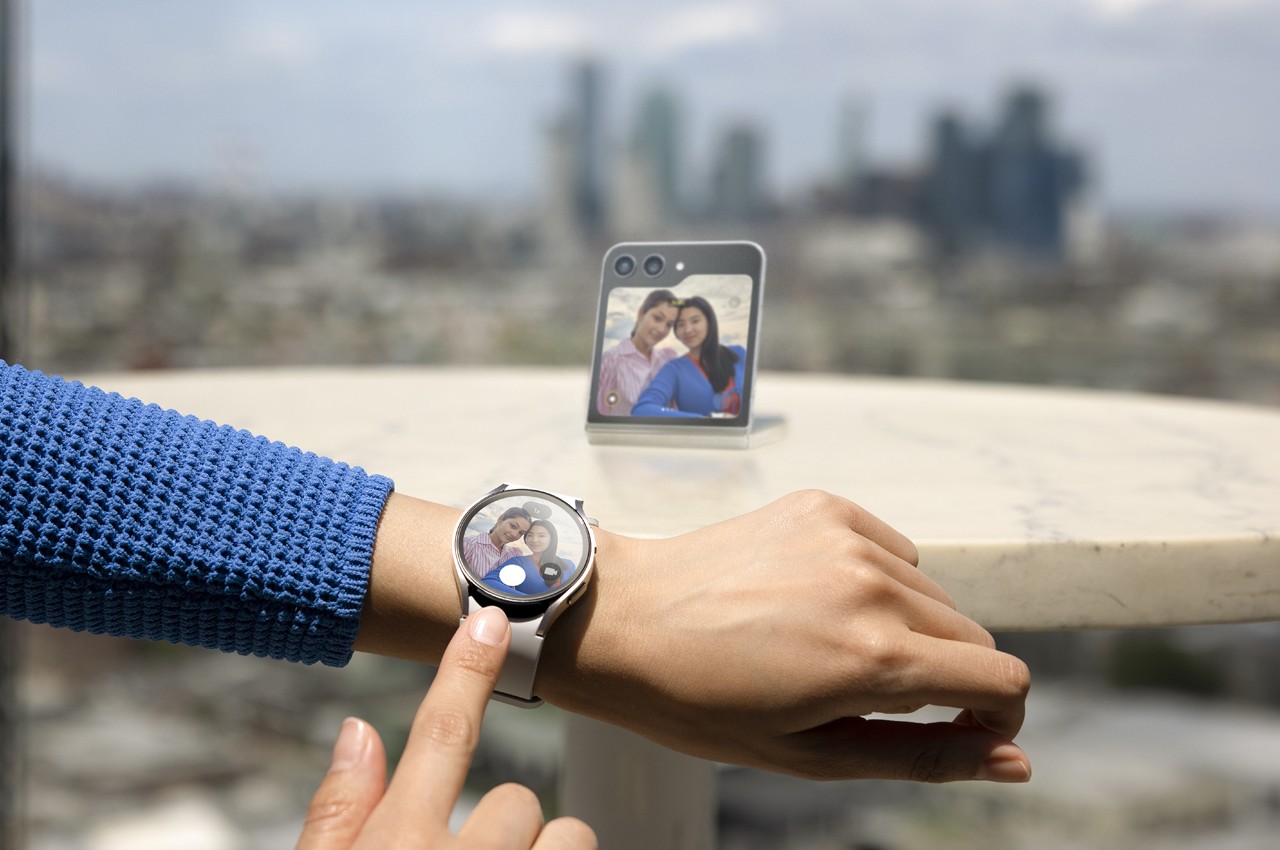
Designer: Samsung
Smartphones are notorious for being sources of distractions, which is why there is a counter-movement of phones espousing minimalism or devices with distraction-free experiences. You can, of course, select only the notifications you really need to see on your wrist, but even smartphones have that same function anyway. In reality, smartwatches make it too easy to be distracted by those notifications without even pulling out your phone, and you spend more time looking at your smartwatch than you would a regular watch. Funnily enough, the people around you wouldn’t even have a clue that you’re wearing a smartwatch and would simply presume you’re being impatient.
Fringe Benefits
That said, there are definitely things that only a smartwatch can offer, at least for now. Smart rings, due to their size, can only offer a small selection of sensors to monitor your health. For more advanced biometrics, you’ll need a larger device to wear, like a smartwatch or a fitness band. There are also still some discussions on whether a ring or a watch is more accurate, though both naturally pale in comparison to medical equipment.
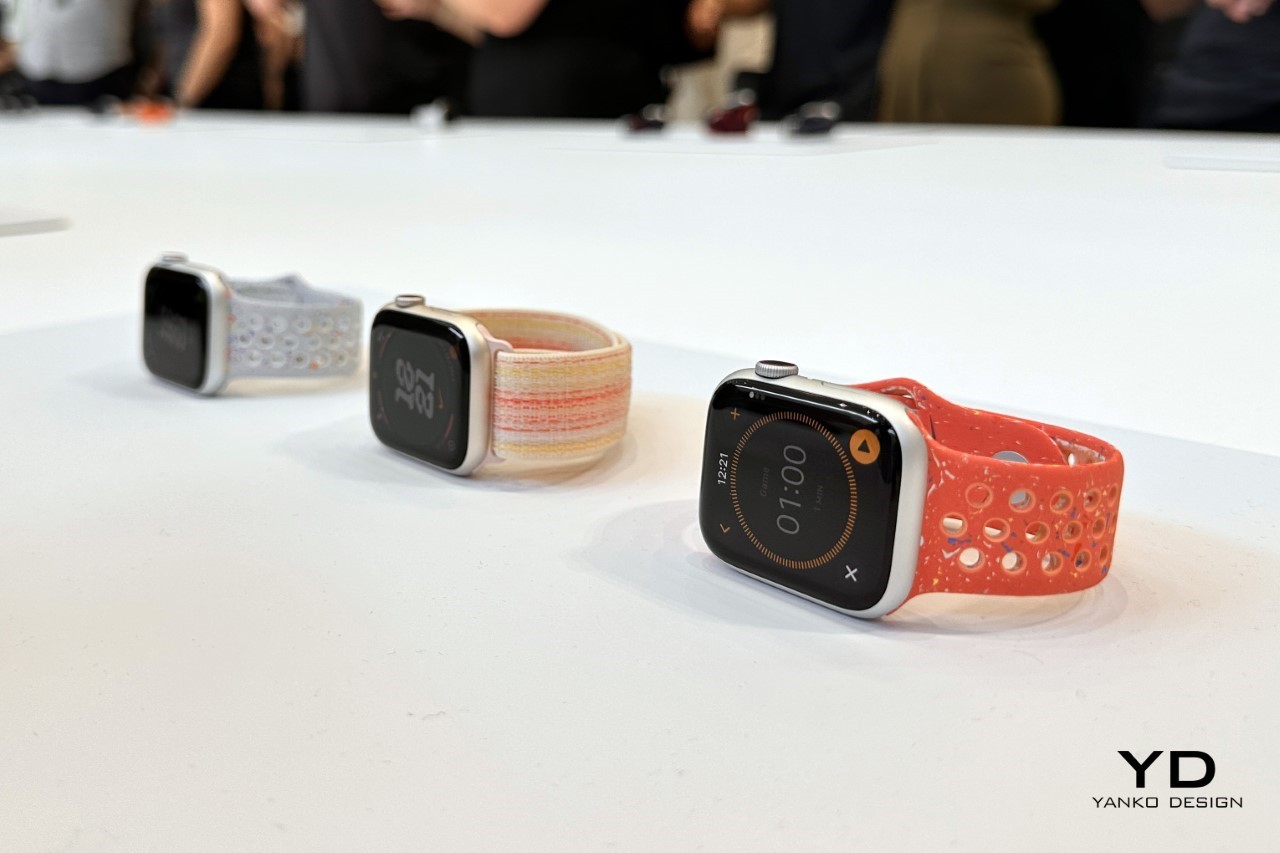
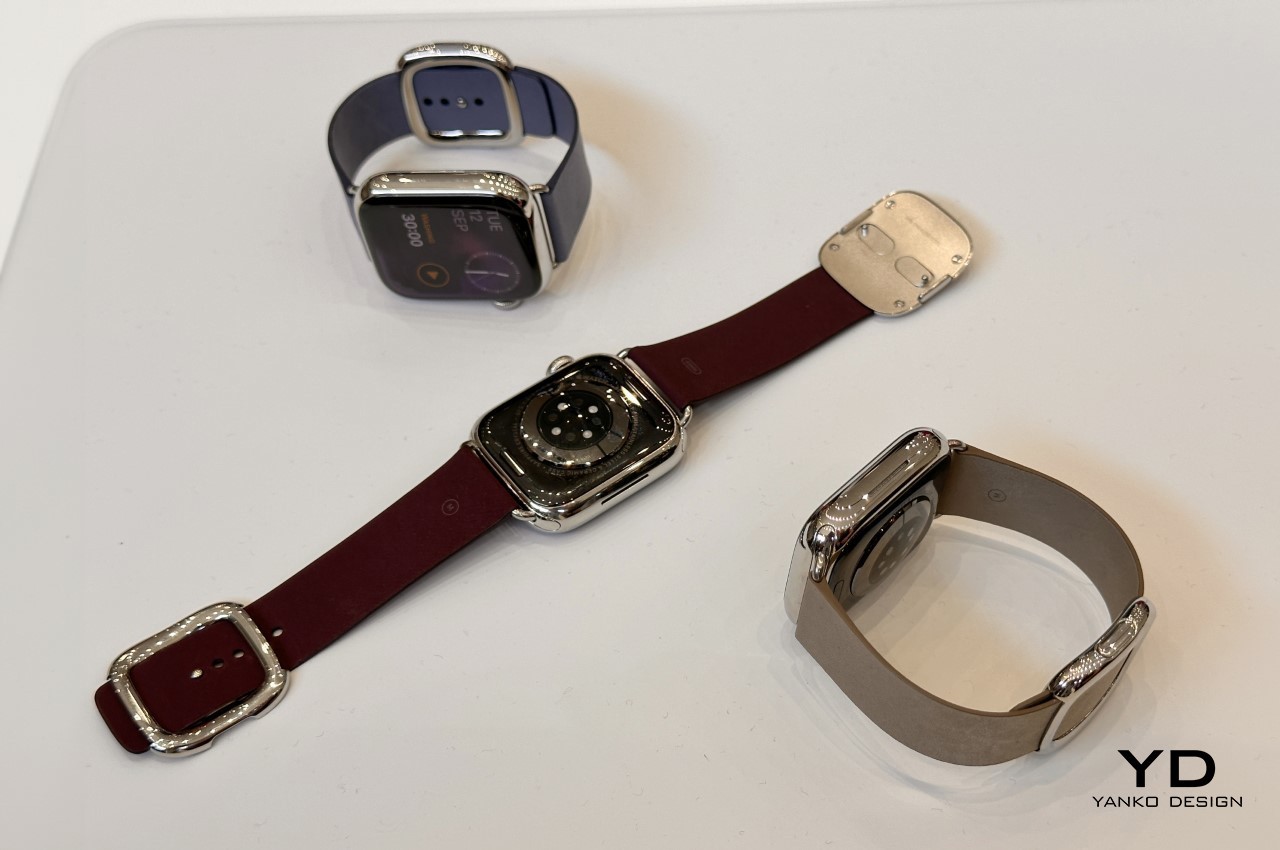
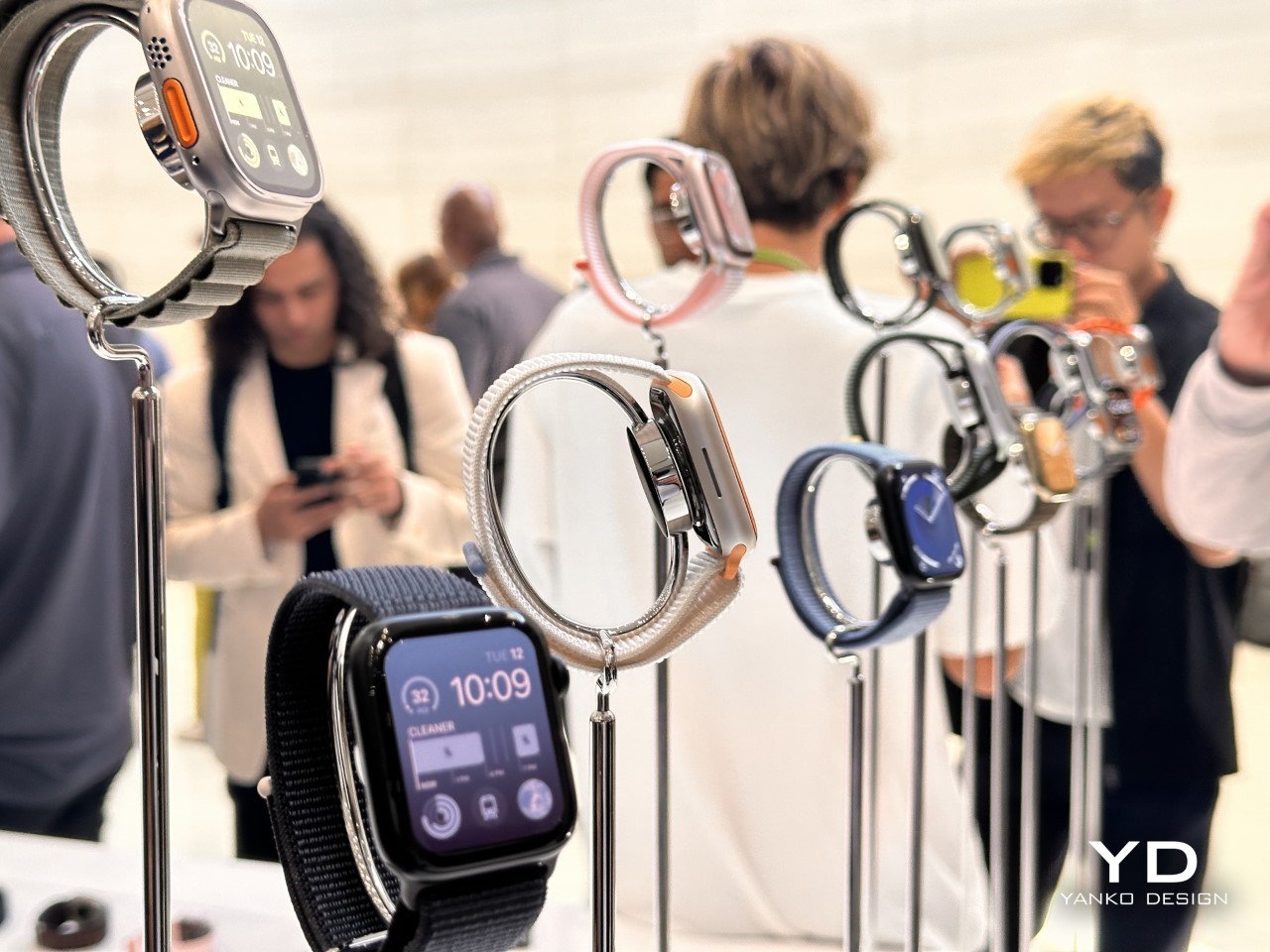
Designer: Apple
Unlike a fitness band, a smartwatch also offers more flexibility when it comes to aesthetics. After all, it can masquerade as a traditional watch given the right band and watch face. More active people might also want a fuller activity-tracking experience without having to wear a watch and a fitness tracker at the same time, and a smartwatch definitely bridges the gap between the two.
Final Thoughts: Smartwatches Today and Tomorrow
Just when the smartwatch market seems to have secured its footing, its future comes into question once again. Luxury brands that once tried to portray smartwatches as fashionable accessories have now pulled back from the market, leaving only tech companies to do the heavy lifting. Some of these tech companies, however, are looking into smart rings as well, and their AI endeavors don’t seem to have a place on smartwatches either. Smartwatches aren’t going to disappear immediately, and they might finally be able to have enough processing power and battery capacity to support even the most basic on-device AI features, but it might be time to again rethink what role smartwatches play in our modern world.
